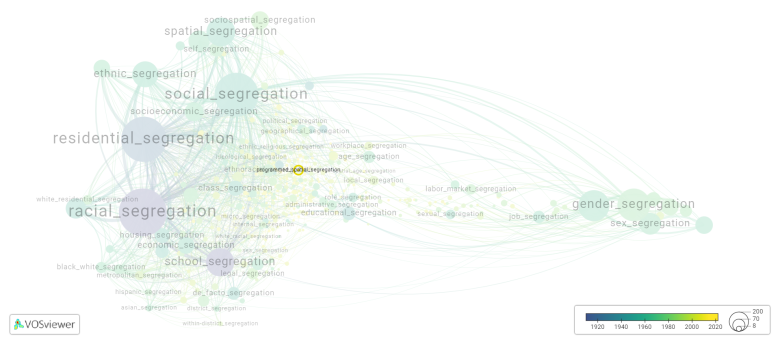Programmed spatial segregation
Date and country of first publication[1]
2020
Brazil
Definition
Programmed spatial segregation refers to a deliberate design strategy or development policy that intentionally separates different land uses or population groups within a city or urban area. This can take many forms, such as zoning laws that separate residential and commercial areas, or the creation of gated communities that restrict access to certain groups of people.
The goal of programmed spatial segregation can vary, but it is often intended to promote safety, improve property values, or maintain a certain quality of life for residents. However, critics argue that this type of segregation can lead to social inequality, economic disparities, and limited access to resources for certain groups.
Overall, programmed spatial segregation plays a significant role in shaping the physical and social fabric of cities, and it is important to consider the long-term implications of such policies on communities and their residents.
See also
Related segregation forms
Programmed spatial segregation is frequently discussed in the literature with the following segregation forms:
This visualization is based on the study The Multidisciplinary Landscape of Segregation Research.
For the complete network of interrelated segregation forms, please refer to:
References
Notes
- ↑ Date and country of first publication as informed by the Scopus database (December 2023).
Programmed spatial segregation appears in the following literature
Martines M.R., Cavagis A.D.M., Kawakubo F.S., Morato R.G., Ferreira R.V., Toppa R.H. (202). Spatial segregation in floodplain: An approach to correlate physical and human dimensions for urban planning. Cities, 97(), -. Elsevier Ltd.https://doi.org/10.1016/j.cities.2019.102551

